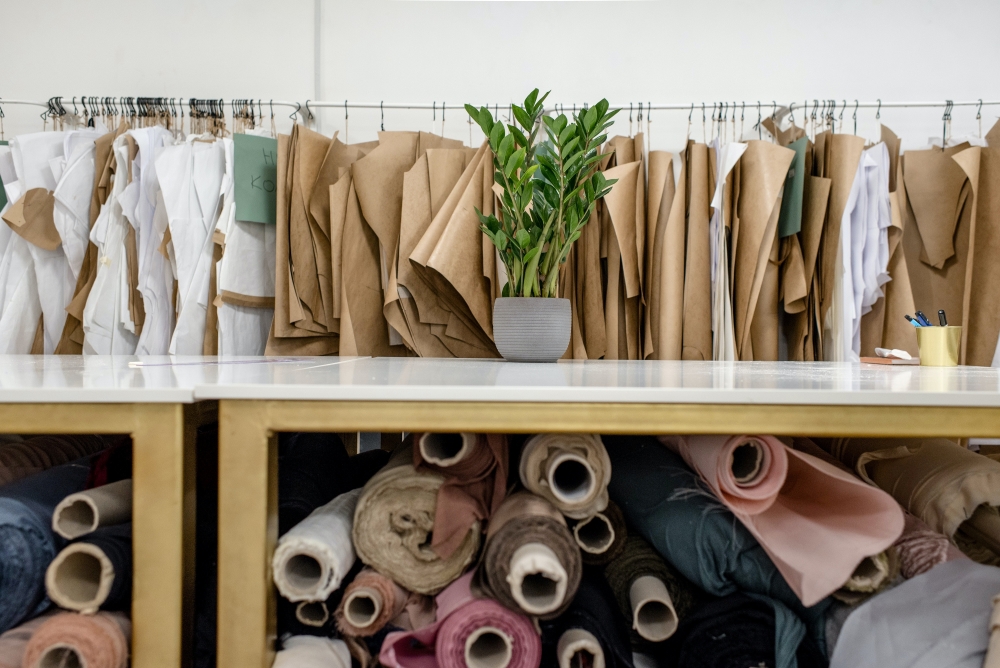China has a huge manufacturing industry, but there are many differences between Australia and China when it comes to laws around branding and trade marks.
For example, it is fairly common for businesses to receive a letter like this:
“Pay us $100,000 or we’re keeping your trademark!”
– Trademark squatter
The scenario
- You have a great product, thriving Australia that you manufacture in China.
- You didn’t register the brand in China.
- Suddenly, your products are getting stopped at the border in China! Your customers are asking where their products are.
It turns out that someone swooped in, registered your trade mark in China and are now holding it ransom for $100,000!
Your intellectual property (IP) is one of your most valuable assets. However, counterfeiting, IP squatting and infringement are very real problems that businesses are having when they manufacture in China or in other countries with ‘first to file’ trademark and IP laws.
Protecting your brand may mean you need to protect it in both the countries you’re selling into AND the country you manufacture in.
In this article, we run through 3 practical steps you should take if you sell products that are manufactured in China.
Step 1: Register your trademarks, designs and patents in China
The first step is to register your IP in China. The good news is that if you have a trademark in Australia, it is generally cheaper to lodge an international trademark in China as we can lodge it based on your Australian trademark.
This means that your Chinese trade mark will have to be exactly the same as your Australian trademark. This is why it’s so important to get your Australian trademark done right, the first time!
I’ve had many clients try to lodge their trademark on their own, only to find that there were issues with the class description that required them to go through the entire trademark process all over again, costing precious time and money.
It is worth the investment to have your trademark registered through a specialised lawyer.
2. Record your IP with Customs in China
It can take some months to a year to have your trademark registered in China, but the good news is that you’re already lowering your risk of squatters just by lodging it as you have priority being the earliest to lodge.
Once registered, you can record the IP with Customs. Customs can then monitor, stop exports and send you a notice of goods using your IP so that you can authenticate them. They will seize the products if they are counterfeit and you can rest a little easier, knowing you’ve stopped another copycat product from reaching the market.
3. Have protections in your manufacturing contracts and monitor
Often, it is your very own manufacturer that has been producing counterfeit products or squatting on your trademark. Take a two-prong approach:
A. Have adequate protections in your contracts with your manufacturer that prohibit these acts. Realistically, you may not want to actually take them to court for breaching the contract but there is still good reason to have them.
First, is to discourage the manufacturer from breaching the contract.
Second, is so that if you DID want to take legal recourse, you actually have a leg to stand on.
B. Monitor and take action. It is important to stay vigilant and monitor use of your brand name on the Internet, from your customers, social media and on trade mark registers in the countries you are trading in or interested in trading in. You can of course, do this manually, but it isn’t easy to manage all of these on your own.
We offer a trademark watching service which monitors trademark activity, like new trade mark applications in different countries. We can alert you when your trade mark or a similar trade mark has been applied for in a particular country. Once you’re aware of use, you can choose whether to send a cease and desist or oppose the application.
Sending out cease and desist letters can be a good way to establish that you’re serious about protecting your brand and business and to scare away potential copycats.
Final tips
Take action early and:
✅ Register your IP in both the countries you’re selling into and manufacturing in
✅ Register with Customs (if applicable)
✅ Have a protective contract with manufacturers and suppliers, and monitor and take action
If you manufacture overseas, let’s chat about how you can protect yourself and your business. Feel free to give us a call for a free consultation or send an email to see how we can help out.





